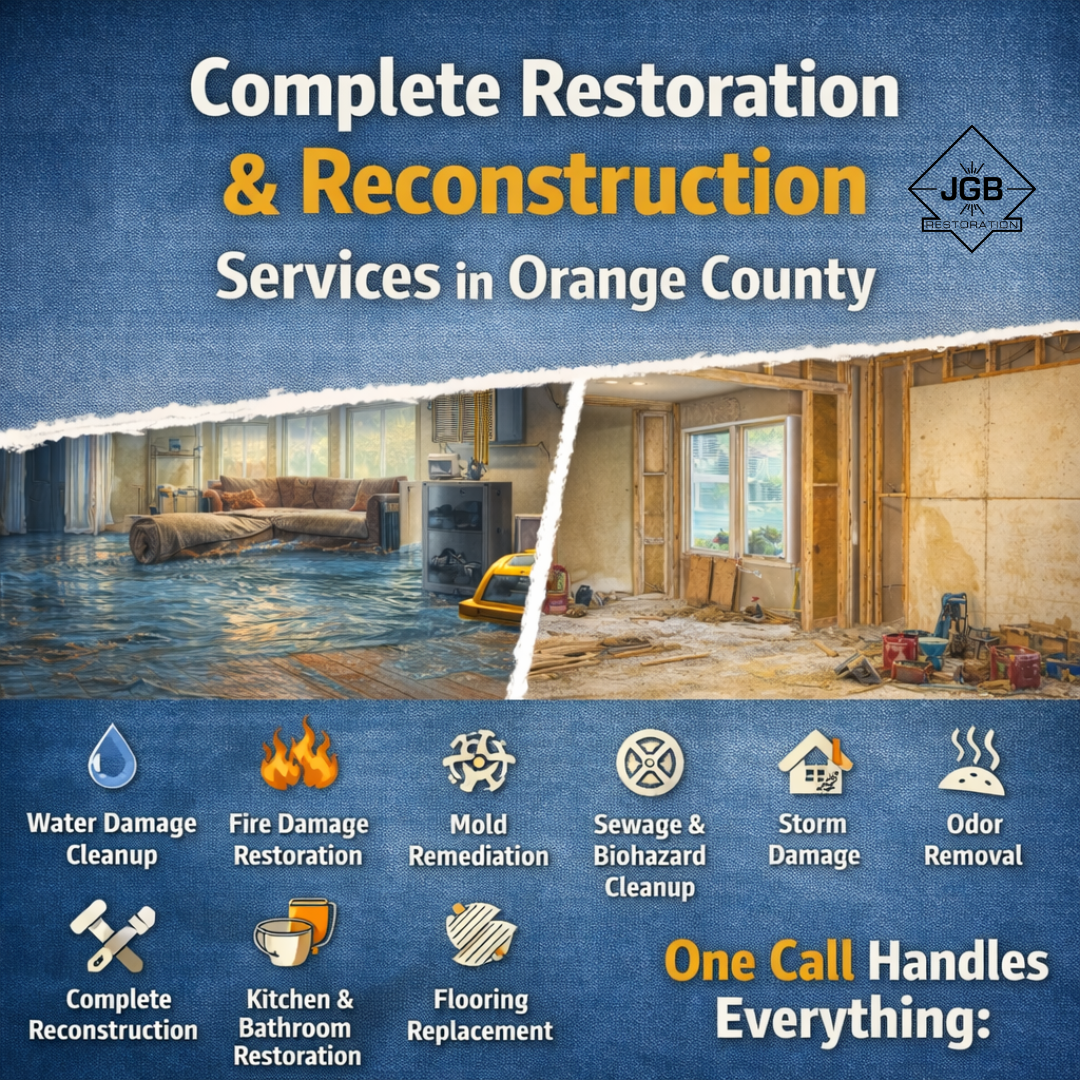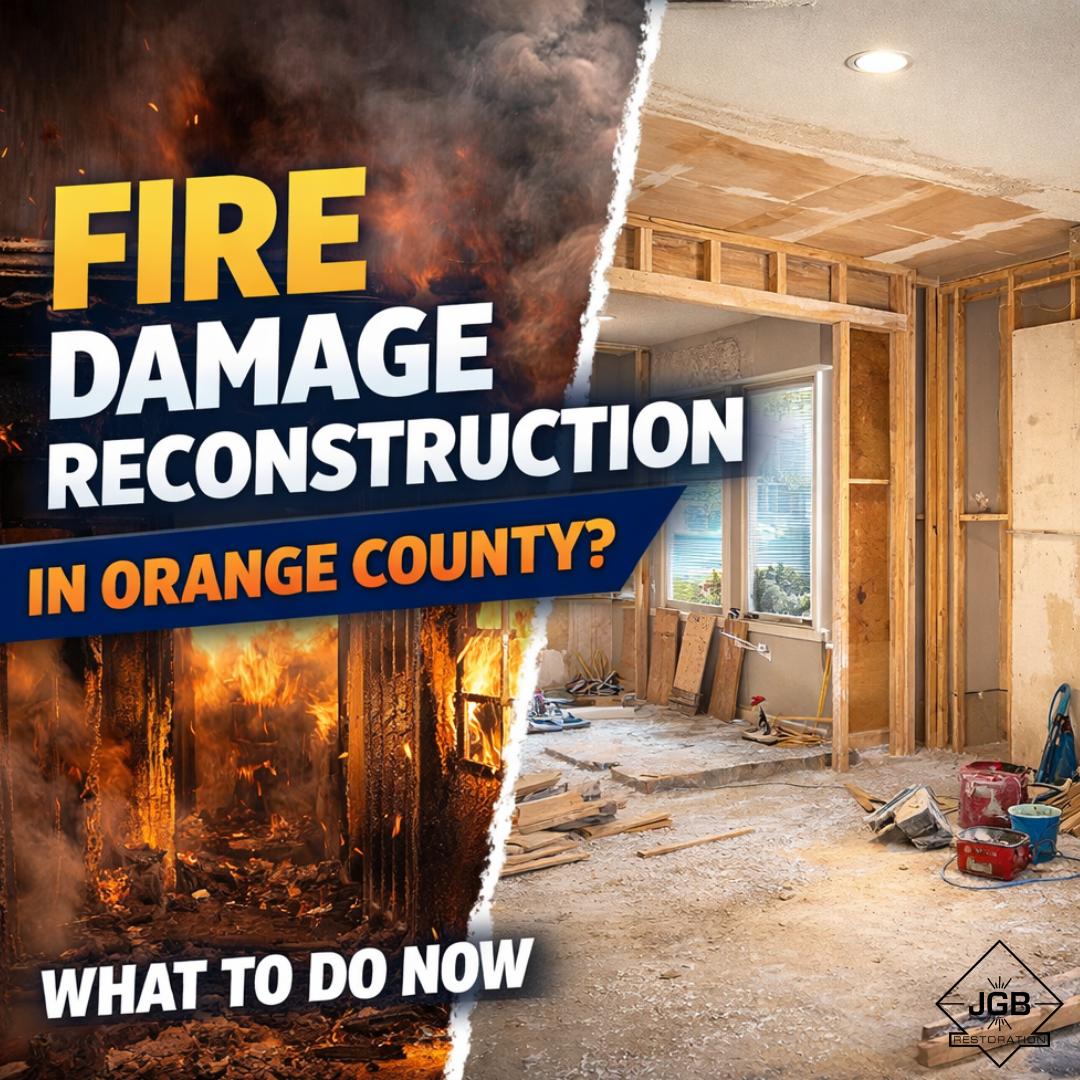There are a lot of natural disasters that can affect the Irvine, CA area. From floods to wildfires, you never know what's going to strike. Did you know that after a wildfire your area could actually be at a higher risk for flooding? The National Flood Insurance Program can help you better understand your risk of flooding. Check out these three reasons you could see more flooding after a wildfire from the FEMA NFIP.
1. No More Vegetation
One major component of wildfire damage is burned vegetation. Plants actually help take in water. When the vegetation is burnt away, the ground is now expected to soak up all of the rain that falls in the area. When the water no longer has anywhere to go, you may need a storm damage restoration professional.
2. New Terrain
The fires can even cause the terrain in your area to change. What was once solid ground can become weaker thanks to the new charred and barren features. You may notice that the top soil is swept away in heavy rains, which can mean that any flooding that does take place includes rocks and other potentially damaging debris. Because of the increased damage potential of floods after a wildfire, the FEMA NFIP suggests you update your flood insurance after any wild burnings.
3. Less Absorption
Not only does the decrease in vegetation lead to less water absorption, but so does the new soil. Fires can turn healthy top soil into ash. The burned ground actually acts a lot like pavement in that it does not let the rain water into the ground. With this increased run off, you may notice more standing water in your area even after light rains. Flooding damage then becomes more of a risk for your home because the water has nowhere else to go.
Wildfires don't always lead to flooding, but according to the FEMA NFIP, they could increase your future risk of floods. Because it takes a while for an environment to bounce back after fires, you could have an increased risk of flooding for at least five years.
3 Reasons Wildfires Could Lead to More Floods

...




